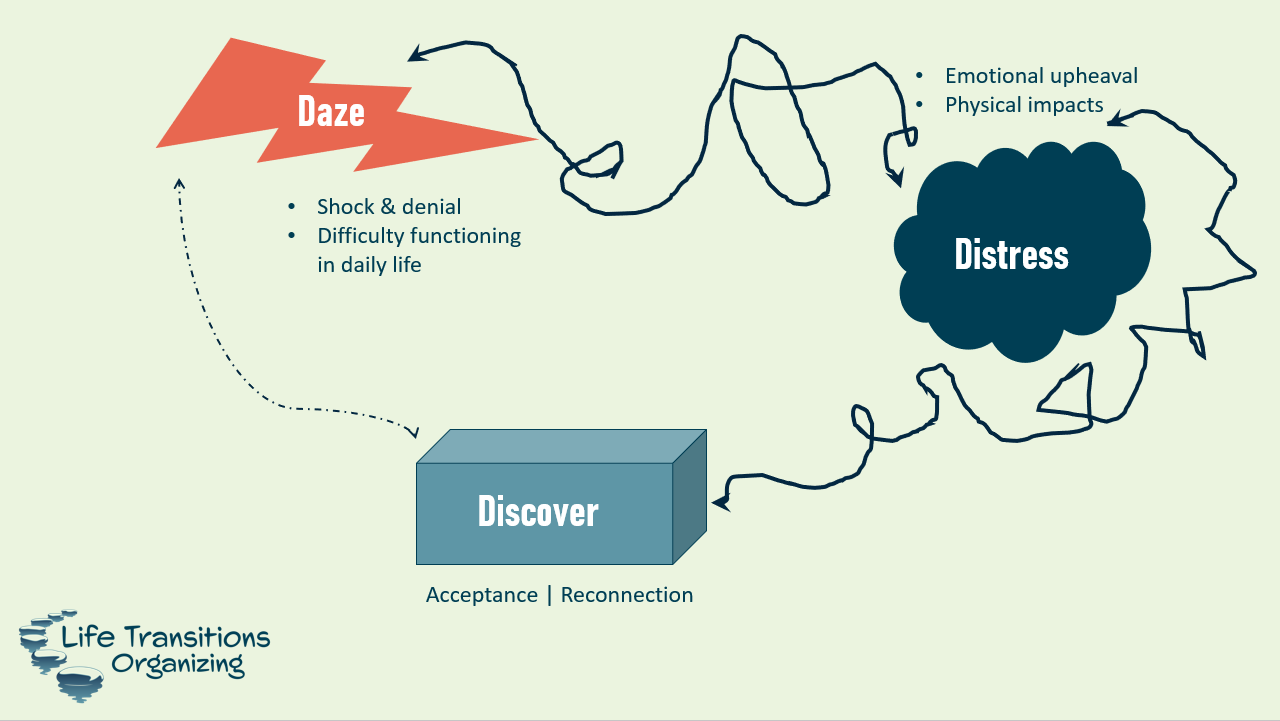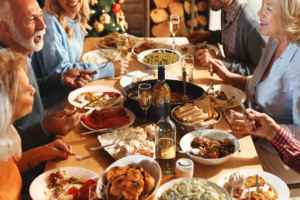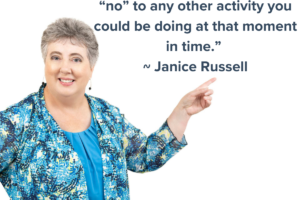
Here’s the Truth about “Getting Back to Normal”
I know you’re waiting for things to “get back to normal.”
In the meantime, would you like to know the secret to make it happen faster? I thought you might!
I’m going to shed light on the secret to “getting back to normal” by revealing three truths.
Truth #1
There is no “normal.”
Okay, one dictionary defines it as “conforming to the standard or the common type.” But who decides “the standard”? The people in your personal and professional life are both similar to and different from you. That doesn’t mean that one person has a normal life and another person doesn’t.
More importantly, when you’re experiencing a life transition, COVID or otherwise, activities change. I’m sure you could give me a list of things that have happened during COVID. Some positive and some less so:-)
As a result, you’ve learned some things about yourself and others. You have adapted to different circumstances.
Here are a few facets of life that have changed over the past 11 months:
Supplies:
-
new ones you need, like masks
-
items you need more of, such as sanitizer in various formats
-
you acquire more items via delivery or pick-up than in-store shopping
Places: home is the predominant place to spend time, even if you’re working
People: who you see and how you see them (virtual vs. in person)
Activities:
-
going out to eat became pick-up or delivery
-
performances occur online versus in a physical venue
-
going shopping, in the beginning, involved dealing with one-way aisles and decontaminating items upon arriving at home
Things can’t go back to way they were because you’ll keep some of the things that are better. For instance, I started walking regularly during COVID and I definitely plan to continue that! And some modifications may stay. Of course, there are definitely some aspects of this life transition that we’re all looking forward to deleting…masks comes to my mind immediately!

Truth #2
Grieving is a necessary part of life transitions.
This is the process in which you deal with daze, distress, and discovery.
In the beginning of COVID, you were Dazed. This is the shock, numbness, and, possibly denial, that occurred when mask and stay-at-home orders were issued. You may have had difficulty with previously easy tasks. You may have struggled making simpler decisions.
You walk around in a fog trying to figure out what to eat for dinner and how many days before you had to purchase toilet paper. You felt overwhelmed with work and had difficulty coordinating meetings that now needed to be virtual.
Anxiety, sadness, insomnia, loss of appetite and more are hallmarks of Distress. Anger, guilt, and agitation are also common. Pain may feel physical as well as emotional.
During COVID, you may have experienced distress over job insecurity, the ability to pay bills, or being in an overcrowded space with the same people all the time. There was distress when leaving your home for the first time and when bringing purchased items into your house.
There’s a point at which you Discover that you’re functioning more like you were before the life transition. You’ve accepted what happened. It’s not that you are happy about it. You’ve simply come to a point where you can see a light at the end of the tunnel. You start to reconnect with the aspects of your life that bring joy and meaning. You have more energy.
You move back-and-forth between these phases. Everyone processes grief differently, from the length of time in the phases to how they “express” each phase. So while one person may have anxiety and insomnia for a week; another person may feel restless and overeat for a month. There is no right or wrong way to grieve. There are even different types of grief, but that’s a discussion for another post.
Truth #3
Mindset matters!
It’s easy to get “stuck in the can’ts” and this keeps you in Distress.
Example. Dwelling on “I can’t go out to eat,” makes you angry and depressed. Here are some other ways to view it:
-
“I’ll take this opportunity to use up the food in my pantry and freezer.”
-
“I’ve been wanting to learn how to cook Greek food, so I’ll use this time to try it out.”
-
“Let’s see how much money I can save by eating at home.”
Just resigning yourself to the situation keeps you in “placeholder thinking” mode.” Instead, by accepting the circumstances (even during the grief mentioned above), it’s easier to adopt a coping mindset in which you can focus on new possibilities.
When the life transition is over, you’ll be in a different place. You’ll have adapted to different circumstances. You’ll have learned something about yourself and others. So use the time as a growth opportunity!
If you’re struggling with a health-based life disruption, give me a call (919.467.7058) and find out how I can help you navigate to a place of calm and control.
Tag:ADHD, anxiety, autoimmune disease, brain based disorders, coping mindset, COVID Survival Tips, Dazed, depression, Discover, Distress, Getting Back to Normal, Grieving, health-based life disruption, job insecurity, life phases, life transitiob, life transitions, Life Transitions Organizing, Life Transitions Resources, life-disrupting situation, mindset matters, Post COVID, productivity and organizing professional, professional organizer, TBI, Transition Success Program



